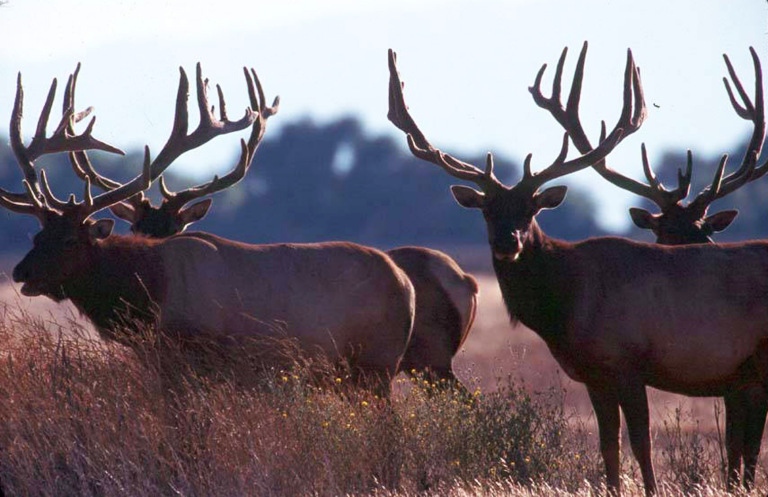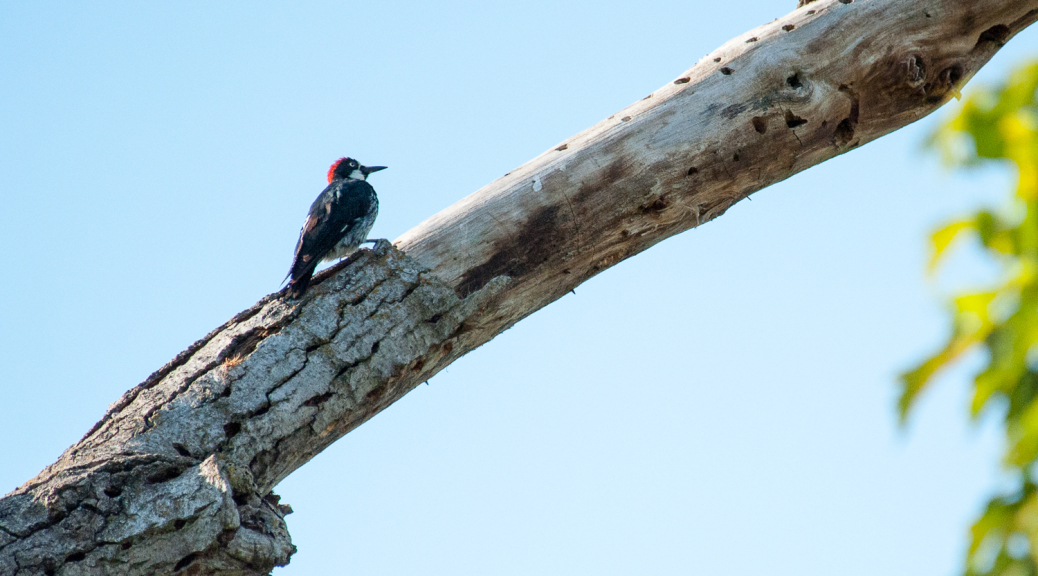What’s the Purpose of the New Elk Management Plan?

by Carrie Wilson
1-4-2018
Website
Question: I have been elk hunting with my father and brother out of state for years. My father was drawn for an elk hunt in California in the 1990s but none of us have been drawn since. We have been putting in for the draw since the preference point system started. What is the new elk management plan for, and is there a way it will help our chances of being drawn? (Cody)
Answer: If you are an elk hunter, you should definitely download the recently released draft Statewide Elk Conservation and Management Plan and read through it. All hunters in California should understand the basics of wildlife management, life history, habitat, migratory patterns and so forth. Hunting is a wildlife management tool and there is scientific rationale behind hunt programs for each species, including elk. The Plan covers all of these topics and then solicits feedback, with public comments due by Jan. 29.
Generally speaking, California’s wildlife policy emphasizes three goals: to maintain sufficient wildlife resources for their intrinsic values, to provide for diverse public uses and economic contribution to citizens, and to alleviate economic losses and public health/safety problems (FGC, section1801). The recently released draft Statewide Elk Conservation and Management Plan addresses each of these goals and emphasizes enhancing and maintaining sufficient populations of all three of California’s subspecies of elk in perpetuity, as per FGC, section 3952.
This overview of how elk are managed will help you understand the rationale for and methodology of elk management in California, and will help you answer questions from non-hunters about hunting and wildlife management. You’ll no doubt find the history of elk in California fascinating. You are probably aware that California hosts three of the four North American elk subspecies, including Roosevelt, Rocky Mountain and tule elk. Tule elk are found nowhere in the world other than California. We as a society, could have lost tule elk to extinction had it not been for aggressive conservation efforts in the latter part of the 1800s.
As to the question of whether the new plan under development will help your odds of being drawn, your success is largely based upon what you put in for as opposed to any major change in the way elk are managed. For those who wish to hunt elk in California, the simplest way to increase the odds of being drawn are to put in for antlerless hunts. Most people want to hunt bulls, so the antlerless hunts have better odds. Since you mentioned you have been putting in for the elk draw since the preference point system started, the next most important thing you can do to improve your odds of being drawn is to never break the cycle and continue putting in every year. Those with maximum preference points have the greatest chance of being drawn for any of the lottery hunts.
Can I sell shed antlers?
Question: Can I sell these deer antlers legally? I picked them up at a storage auction. (Dave F.)
Answer: Generally, the sale of any wild bird or mammal or the parts thereof is prohibited by law pursuant to Fish and Game Code (FGC), section 3039, which says, with some exceptions, that it is unlawful to sell or purchase a bird or mammal found in the wild in California. However, one of those exceptions is for shed antlers, which are antlers that have naturally fallen from the animal. In addition to shed antlers, antlers that have been taken from domestically reared animals and manufactured into products or handicraft items (or cut into blocks or units which are to be manufactured into handicraft items) may be bought or sold at any time per FGC, section 3039(c).
The intent of the law is to prevent the sale of antlers from wild California deer. This means it is unlawful to sell antlers cut off a wild deer from California — even a deer lawfully harvested by a hunter. It is also unlawful to buy or sell deer taxidermy mounts with a minor exception in FGC, section 3087 and CCR Title 14, section 695(d).
The antlers in the photo appear to have an abscission line from where the antler formerly attached to the pedicle. The pedicle is the part of a deer skull where an antler attaches. The abscission line on the antler has a rough feeling at the detachment point which is evidence the antler fell off naturally and one of the characteristics a wildlife officer will look for when conducting an investigation. Because these antlers fell off naturally, they are exempt per FGC, section 3039(c) and are legal to buy or sell.
Carrie Wilson is a marine environmental scientist with the California Department of Fish and Wildlife. While she cannot personally answer everyone’s questions, she will select a few to answer each week in this column. Please contact her at CalOutdoors@wildlife.ca.gov.
Photos
More Reports
California Department of Fish & Wildlife Reports
for Tuesday, December 26th, 2017
• Massive Poached Sacramento County Deer Leads to Trophy Penalty Enhancement
• January 2018 CDFW Calendar

12-23-2017
The winter holidays are a great time for families and individuals to enjoy recreational trout fishing, and the California Department...... Read More

